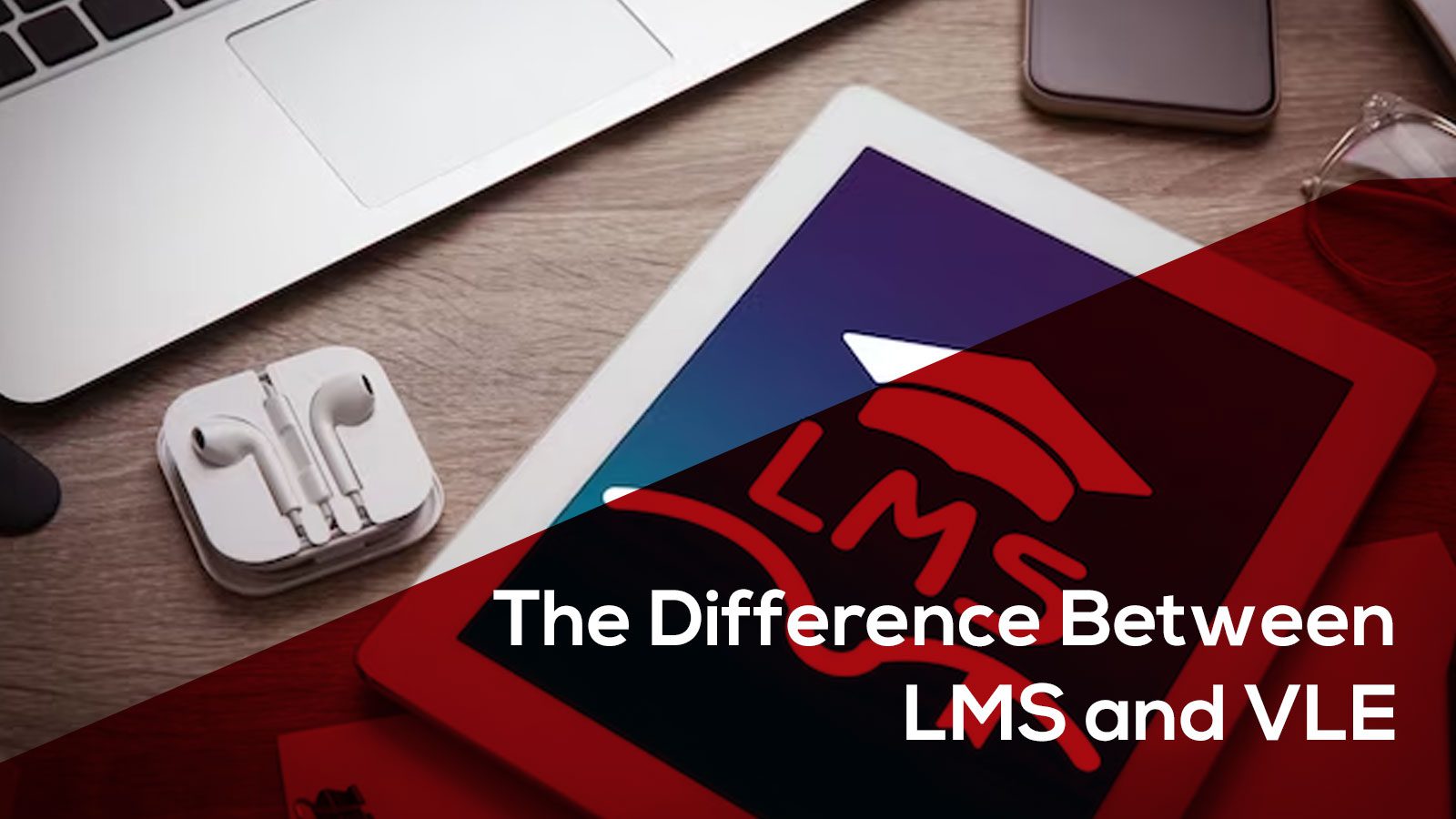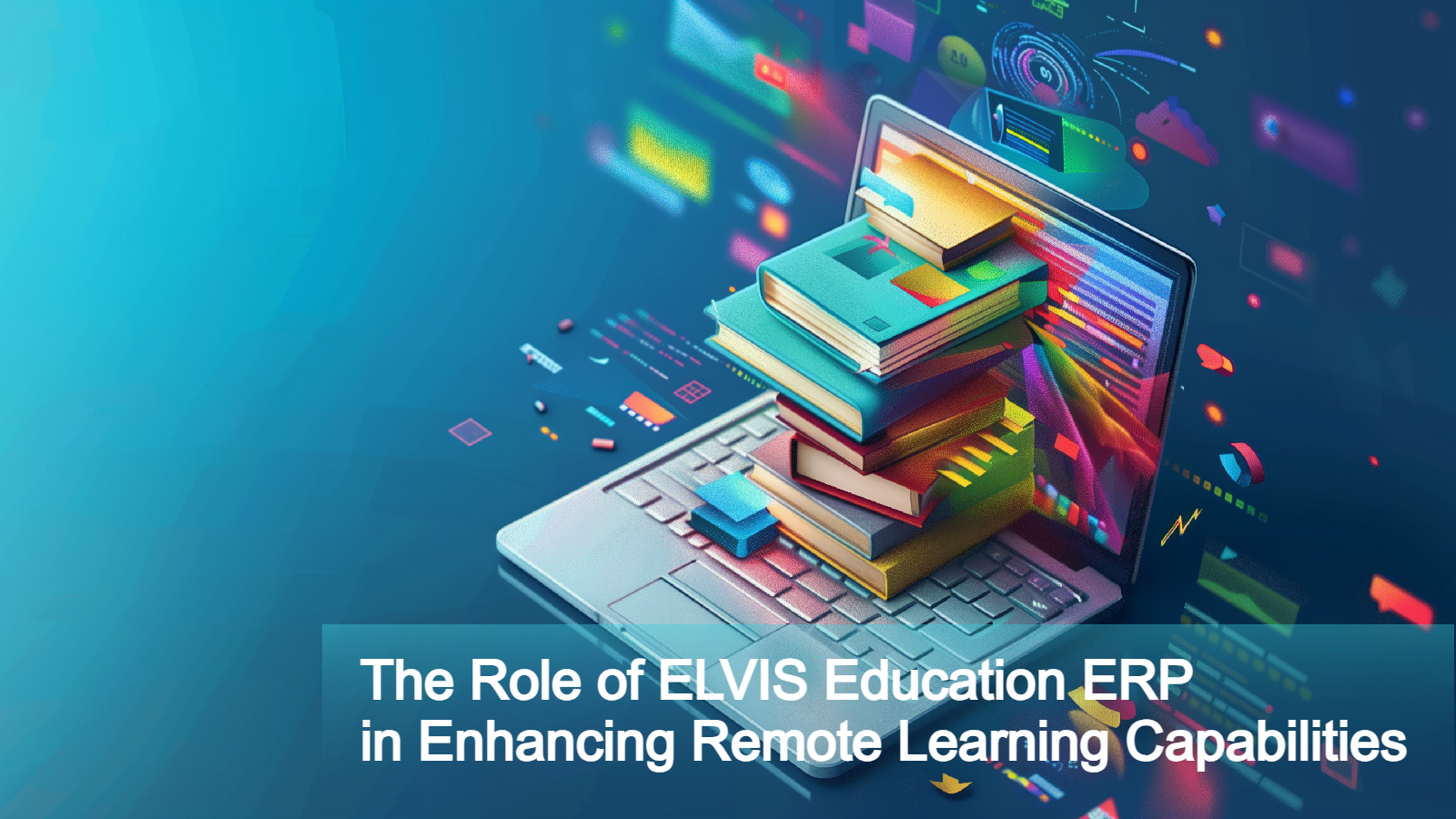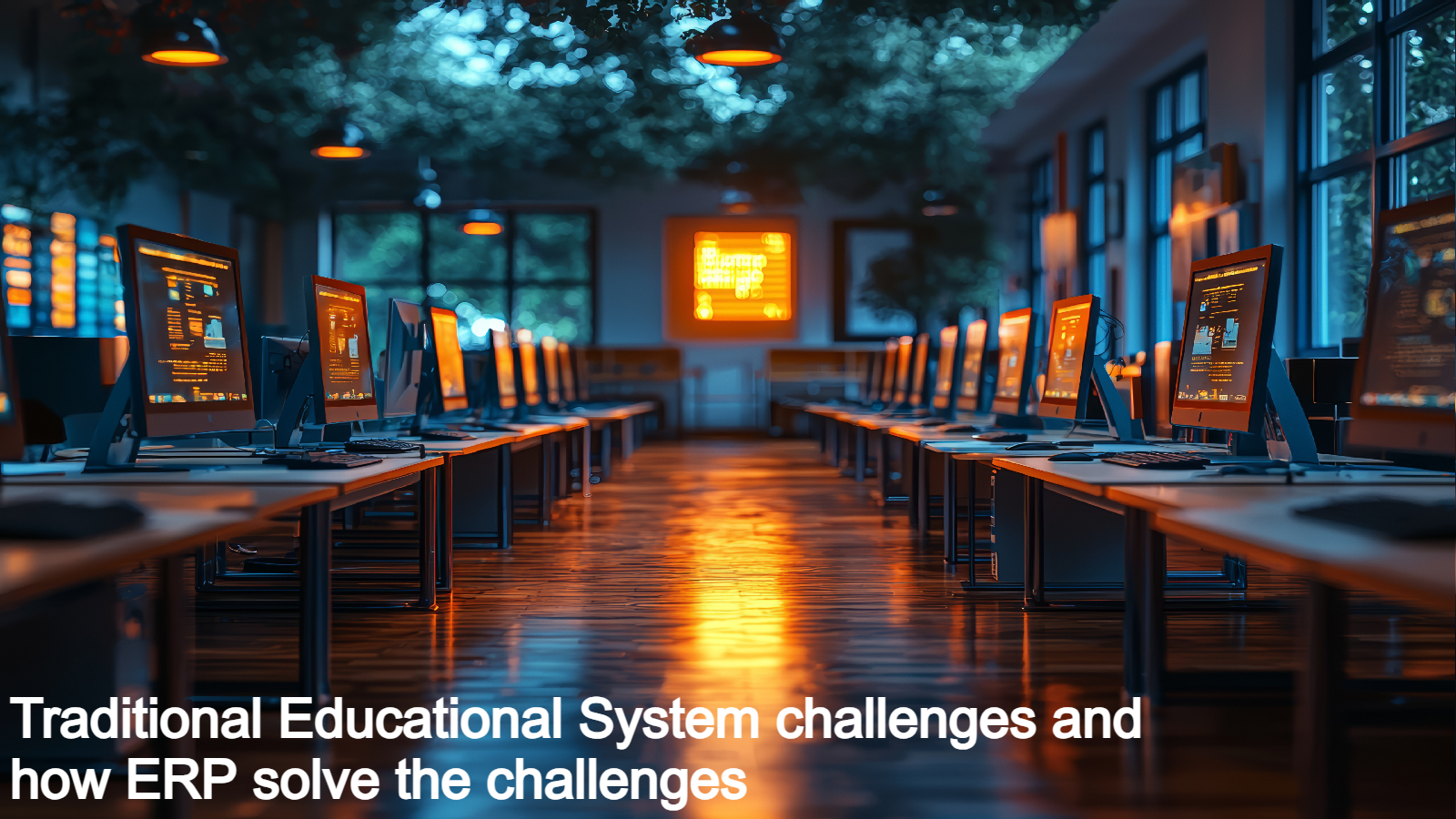Introduction
In the evolving world of education technology, acronyms like LMS (Learning Management System) and VLE (Virtual Learning Environment) have become commonplace.
In this blog post, we will look into the key differences between the two and their impact on education in Malaysia.
Understanding the Basics
Before delving into the specifics, let’s establish a basic understanding of LMS and VLE.
Learning Management System (LMS)
A Learning Management System is a digital platform designed to manage and deliver educational content. Think of it as a comprehensive tool that handles course administration, documentation, tracking, reporting, and delivery of educational courses or training programs. LMS is the backbone of online learning, facilitating the creation and organization of content, assessment of learners, and the overall management of educational resources.
Virtual Learning Environment (VLE)
On the other hand, a Virtual Learning Environment includes a broader set of tools that create an interactive online space for learners and educators. While an LMS focuses primarily on the management and delivery of content, a VLE integrates various components like discussion forums, collaborative spaces, and interactive activities, fostering a more engaging and immersive learning experience.
LMS in Malaysia: Bridging Gaps in Education
Malaysia has been actively embracing digital transformation in education, and Learning Management Systems play a crucial role in this landscape. According to a recent survey conducted by the Ministry of Education in Malaysia, the adoption of LMS has witnessed a significant surge in both schools and higher education institutions.
Statistics reveal that over 80% of higher education institutions in Malaysia have implemented some form of Learning Management System, streamlining administrative tasks, enhancing content delivery, and providing a centralized hub for academic resources.
Advantages of LMS in Malaysia
Accessibility: LMS platforms enable students to access educational resources anytime, anywhere, breaking down barriers to learning and promoting inclusivity.
Resource Optimization: By digitizing administrative processes, LMS reduces paperwork, saving time and resources for educational institutions, which results in quality education.
Personalized Learning: LMS empowers educators to tailor content and assessments to individual learning needs, fostering a personalized learning experience for students.
Real-time Monitoring: Teachers and administrators can monitor student progress in real-time, identifying areas of improvement and providing timely interventions.
VLE: Fostering Interactive Learning Environments
In Malaysia, the incorporation of VLE components has been gaining significance, particularly in primary and secondary education. According to a study conducted by the Malaysian Educational Technology Association, schools that have integrated VLE into their teaching reported increased student participation, collaboration, and enthusiasm for learning.
Advantages of VLE in Malaysia
Collaborative Learning: VLE platforms facilitate collaborative activities, allowing students to work together on projects, share ideas, and engage in discussions, transcending the limitations of traditional classroom settings.
Multimedia Integration: VLE supports the incorporation of multimedia elements such as videos, simulations, and interactive quizzes, making learning more engaging and appealing to diverse learning styles.
Feedback and Assessment: VLE platforms provide instant feedback on assessments, allowing students to track their progress and enabling educators to identify areas that need reinforcement.
Preparation for the Digital Future: Exposure to VLE equips students with digital literacy skills, preparing them for the demands of a technology-driven future.
Conclusion
It’s essential to recognize that these tools are not mutually exclusive but rather complementary. Both LMS and VLE are necessary to cater to the diverse needs of learners in Malaysia.
As Malaysia continues its journey towards a digitalized education landscape, the collaboration between LMS and VLE holds the key to unlocking the full potential of online learning. By using the strengths of both systems, educational institutions in Malaysia can pave the way for a future where quality education is not just accessible but also engaging and enriching for every learner.
Frequently Asked Questions (FAQs)
What is the main difference between LMS and VLE?
LMS (Learning Management System) and VLE (Virtual Learning Environment) are terms often used interchangeably, but they have distinct differences. An LMS is a broader system that manages and tracks online learning, while a VLE is a subset of an LMS, focusing on the virtual environment where learning activities take place.
How do LMS and VLE impact online education?
LMS serves as a platform for course administration, documentation, tracking, reporting, and delivery of educational content. On the other hand, VLE is specifically designed to create a virtual space that mimics the traditional classroom, fostering interaction and collaboration among learners.
Can a VLE exist without an LMS?
No, a VLE cannot exist independently. It operates within the framework of an LMS, utilizing its broader functionalities for content management, assessment, and reporting. The VLE is the interactive component that engages learners in the online educational environment.
What are the key features of an LMS?
Answer: LMS typically includes features like content management, user management, progress tracking, assessments, and reporting. It is designed to be a comprehensive platform for managing the entire learning process, from content creation to learner evaluation.
Are there specific features unique to a VLE?
Yes, VLEs include features such as discussion forums, collaborative tools, and interactive modules. These features aim to replicate the social and collaborative aspects of a traditional classroom in an online setting, facilitating student engagement and participation.
How do LMS and VLE impact learner engagement?
LMS primarily focuses on the management and administration of learning content, tracking progress, and generating reports. VLE, on the other hand, enhances learner engagement by providing a virtual space for discussion, collaboration, and interactive activities, fostering a sense of community among learners.
Can an organization use both LMS and VLE simultaneously?
Answer: Absolutely. Many educational institutions and organizations integrate both LMS and VLE functionalities to create a comprehensive online learning environment. The LMS manages the overall learning process, while the VLE components enrich the experience by providing a platform for collaborative and interactive learning.
How do LMS and VLE contribute to personalized learning?
LMS supports personalized learning by tracking individual progress, managing learning paths, and providing adaptive assessments. VLE complements this by offering collaborative spaces where learners can interact, share ideas, and engage in group activities, adding a social dimension to personalized learning.
How do LMS and VLE contribute to the scalability of online education?
LMS enhances scalability by streamlining administrative tasks, allowing organizations to efficiently manage large volumes of learning content and users. VLE, by promoting collaboration and interaction, contributes to scalability by creating an environment that accommodates diverse learners and facilitates effective communication.








